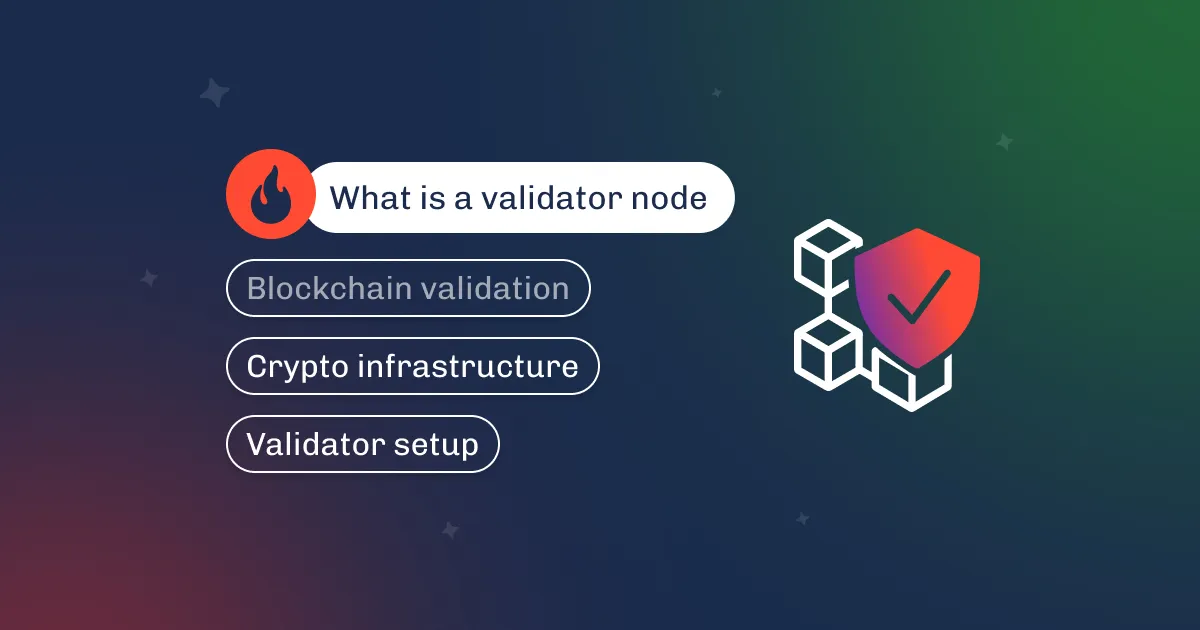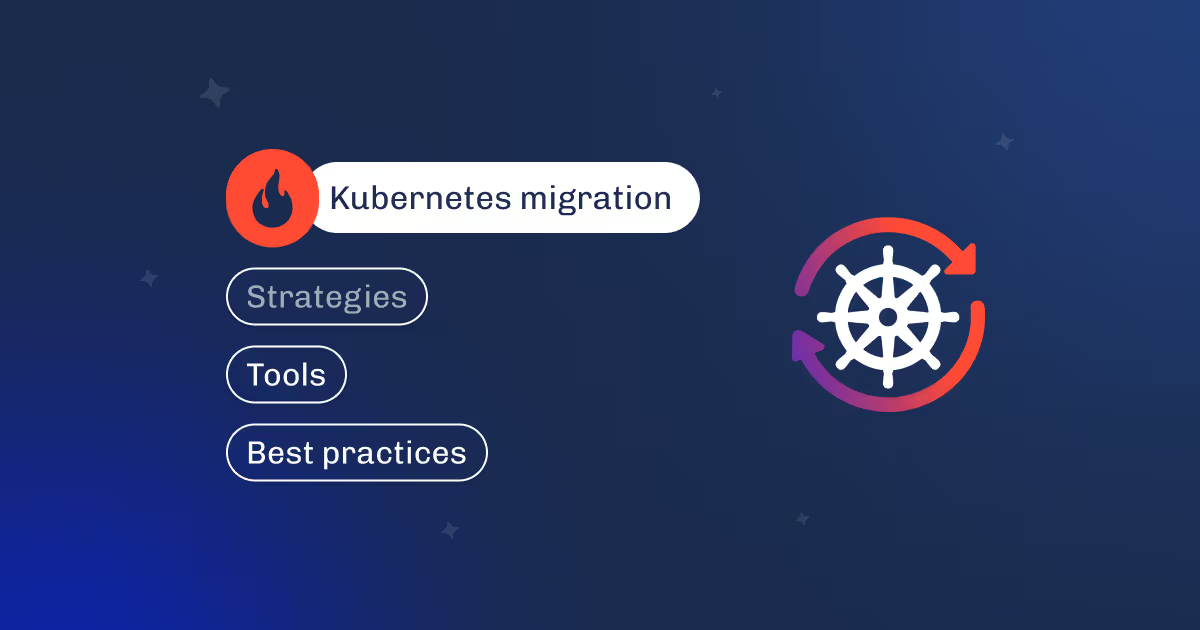.avif)

The Model Context Protocol (MCP) revolutionizes how AI models interact with external tools, data sources, and APIs. Introduced in late 2024 by Anthropic, MCP provides (https://dysnix.com/blog/model-context-protocol) a standardized framework for seamless communication, enabling AI systems to dynamically discover, select, and orchestrate tools based on task context.
Here, we delve into MCP's infrastructure, architecture, security challenges, and its transformative potential for AI-driven ecosystems.
Before MCP, AI applications relied on fragmented methods such as manual API wiring, plugin-based interfaces, and agent frameworks. These approaches required developers to define custom interfaces, manage authentication, and handle execution logic for each service, leading to increased complexity and limited scalability.
Model Context Protocol addresses these challenges by offering a unified protocol that enables AI agents to discover and interact with tools autonomously. Unlike traditional approaches, MCP supports dynamic workflows and human-in-the-loop mechanisms, making it a game-changer for AI-native application development.
Model Context Protocol follows a client-server architecture that facilitates efficient communication between AI models and external tools.

Model Context Protocol supports multiple transport mechanisms, including:
WebSocket optimizations play a crucial role in enhancing MCP's real-time communication capabilities. By establishing a persistent, full-duplex connection between the client and server, WebSockets reduce the overhead of repeated handshakes required in traditional HTTP-based communication.
MCP can optimize WebSocket usage by implementing message compression (e.g., permessage-deflate), connection pooling, and adaptive keep-alive mechanisms to minimize latency and resource consumption.
Additionally, WebSocket subprotocols can be tailored to MCP's needs, ensuring efficient handling of context updates and event-driven interactions, making it ideal for applications requiring low-latency, bidirectional data exchange.
Another must-have helper is JSON-RPC 2.0, a lightweight remote procedure call protocol that aligns seamlessly with MCP's architecture. Its support for method calls, notifications, and batch processing allows MCP to handle multiple requests efficiently, reducing round-trip times.
Model Context Protocol can leverage JSON-RPC 2.0's error-handling capabilities to provide detailed feedback on failed operations, ensuring robust client-server interactions.
Furthermore, the simplicity of JSON-RPC 2.0's JSON-based format makes it easy to integrate with WebSocket transport, enabling streamlined, real-time execution of context-aware operations within MCP.
Stateful and stateless communication are two paradigms for managing interactions between clients and servers.

MCP can facilitate both paradigms, offering flexibility in managing persistent sessions. In a stateless paradigm, each request to a Model Context Protocol server contains all the necessary context, ensuring independence but potentially increasing overhead. Stateful communication allows MCP to maintain session data on the server-side, reducing per-request overhead and enabling more complex interactions.
Model Context Protocol enables persistent sessions by leveraging stateful communication, where a unique session ID is used to associate subsequent requests with the stored context, thereby maintaining continuity and enhancing UX while also supporting stateless operations for scenarios prioritizing scalability and independence.
The protocol ensures secure, bidirectional communication, allowing for real-time interaction and efficient data exchange between the host environment and external systems.
The Model Context Protocol server lifecycle consists of three key phases:

Despite its benefits, Model Context Protocol introduces several security risks across its lifecycle:
Model Context Protocol is designed for easy integration with existing infrastructure, supporting deployment in cloud, edge, and hybrid environments.
Key deployment strategies include:
API gateway integration: MCP can be integrated with existing API gateways to enhance context management and routing.
These strategies provide flexibility and scalability, making Model Context Protocol suitable for diverse use cases across industries.
Dynamic contextualization uses real-time data streams and environmental inputs to adjust the model's behavior. Model Context Protocol servers can implement this by integrating context-aware algorithms that monitor user interactions, device states, or external conditions.
Example: In a smart home system, MCP can adjust the behavior of a virtual assistant based on the time of day, user preferences, and sensor data.
Federated learning allows multiple MCP servers to collaboratively train models without sharing raw data. Each server trains a local model and shares only the model updates (e.g., gradients) with a central aggregator.
In a healthcare application, Model Context Protocol servers at different hospitals can train a shared model on patient data without exposing sensitive information.
A zero-trust model ensures that every request to the MCP server is authenticated and authorized, regardless of its origin. This involves using multi-factor authentication, role-based access control, and continuous monitoring.
In a financial application, every transaction request to the Model Context Protocol server is verified using user credentials and device fingerprints.
We at Dysnix have implemented the zk-infrastructure before:
Deploying Model Context Protocol on edge devices reduces the need for data to travel to centralized servers, minimizing latency. Techniques like model compression and quantization make MCP models lightweight and efficient for edge environments.
In an autonomous vehicle, Model Context Protocol can process sensor data locally to make real-time driving decisions.
This technique stores frequently accessed context data and model outputs to reduce computational overhead. Predictive caching algorithms can prefetch data based on usage patterns.
In an e-commerce application, Model Context Protocol can cache user preferences and product recommendations to speed up response times.


.svg)



Self-healing systems detect and recover from failures automatically. This can involve redundancy, failover mechanisms, and anomaly detection algorithms.
In a cloud-based application, Model Context Protocol can automatically switch to a backup server if the primary server fails.
Privacy-preserving techniques like homomorphic encryption and differential privacy ensure that sensitive data remains secure during processing.
In a medical research application, MCP can process encrypted patient data without decrypting it, ensuring privacy.
Graph-based data structures represent context information as nodes and edges, allowing efficient querying and reasoning about relationships.
In a social media application, MCP can use a graph to represent user connections and recommend friends or content.

AI models predict future context states based on historical data and trends. This can involve time-series analysis, reinforcement learning, or predictive analytics (e.g., PredictKube for resources autoscaling).
In a logistics application, Model Context Protocol can predict delivery delays based on weather forecasts and traffic data.
MCP can be designed to work seamlessly with existing communication protocols and standards, ensuring compatibility with legacy systems.
Model Context Protocol can integrate with legacy ERP systems using REST APIs in an enterprise application.
Model Context Protocol has gained traction across various industries, with notable use cases including:



These use cases highlight MCP's potential to streamline workflows, improve productivity, and enable complex multi-step operations.
To ensure MCP's sustainable growth, stakeholders must address the following challenges:
As Model Context Protocol continues to evolve, it promises to redefine the AI ecosystem, enabling more intelligent, secure, and efficient applications.






